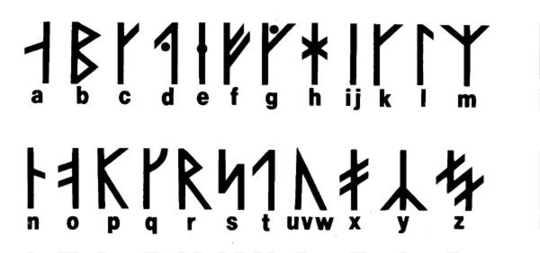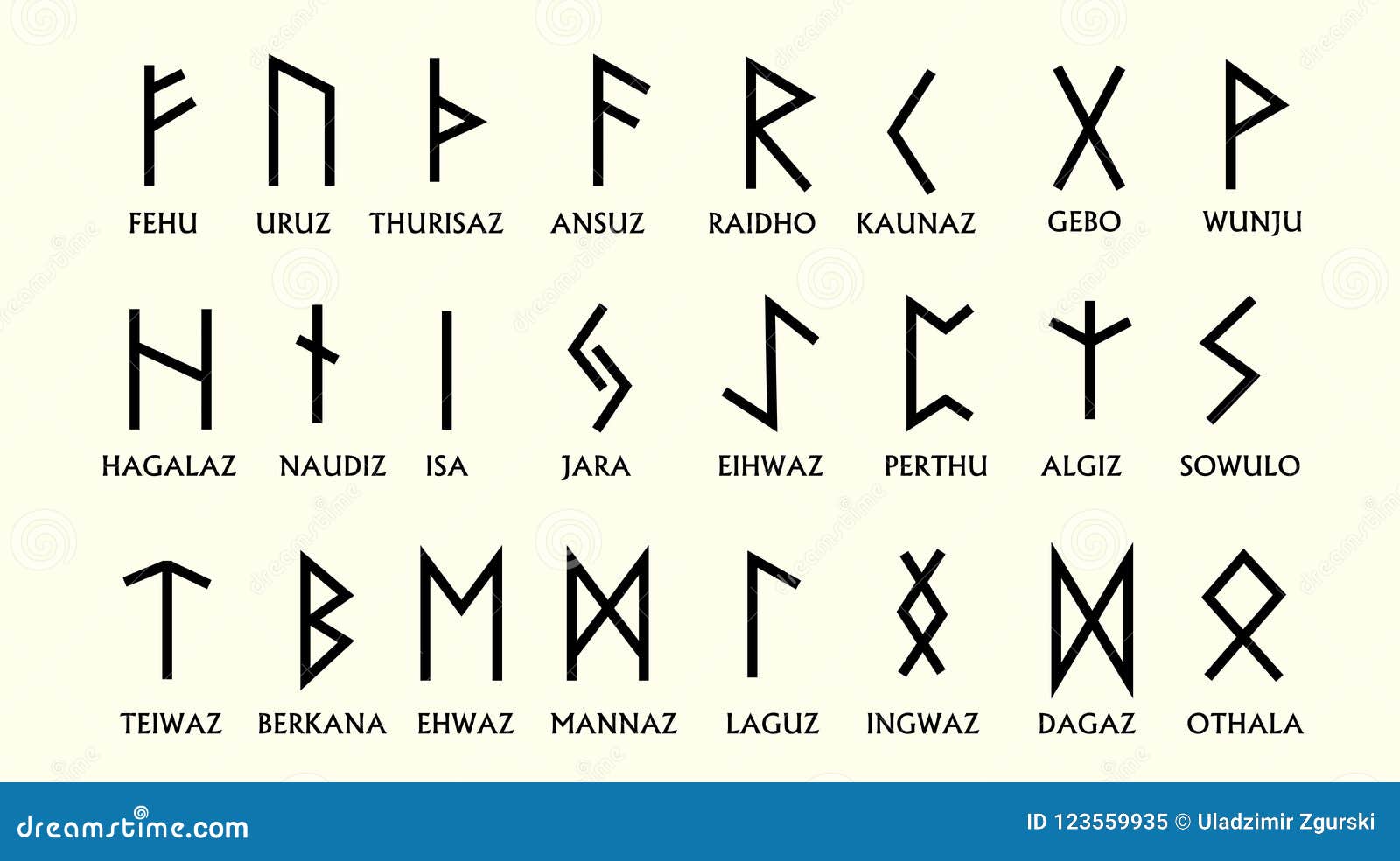
In Norse mythology, the thunder god is primarily described as a red-haired, pot-bellied, temperamental, and fiercely strong warrior, who loves to knock down vast quantities of mead and even known to dress up as a lady (!) in order to trick the giants to give back his lost hammer. Thor in Norse Mythology: The Strong God of Thunder & Farmersīelieve it or not, the Thor from Norse mythology is not quite the handsome, chiseled, blond, and time-traveling hunk you’ve seen in the MCU movies. Sources: Swedish National Heritage Board, Abecedarium Nordmannicum Yr - Yew (a tree with an especially long life) Tyr - Norse god of war and justice, origin of “Tuesday” Hagall - Hail (as in “it’s hailing outside”)

Thurs - Thor (Norse god of thunder, one of the more prominent Æsir, origin of “Thursday”), giant, trollĪs / Oss - Æsir, i.e. Old Norse Sound/Name - Meaning or Explanation in English Meanings and Explanations of the Viking Runes (Old Norse Alphabet to English) Rune So it’s also important to note that although we have found plenty of evidence of the runes being used both as letters and as symbols with further meanings, each individual rune may not always have carried multiple meanings on top of the sound it made and the words it created in combination with other runes. Victoria Symons in Runes and Roman Letters in Anglo-Saxon Manuscripts (2016), p. Runic letters, on the other hand, are inherently multivalent they can, and often do, represent several different kinds of information simultaneously. This aspect of runic letters is one that is frequently employed and exploited by writers and scribes who include them in their manuscripts. However, they also carried names that can sometimes be construed as a separate meaning associated with the rune, which runologist Victoria Symons explains in her book Runes and Roman Letters in Anglo-Saxon Manuscripts as she compares runes to Roman letters: These are Long-branch runes that can commonly be found in Denmark, and were used by mainly Danish Vikings.Įach rune is a letter in the Old Norse alphabet, and as such they all represent a sound similar to the Roman/Latin letters we use in the western world today. Germanic and Norse Runes in Scandinavia: A Timeline Iron Age: Let’s start by looking at the Runes, the letters of the Old Norse language the Vikings spoke, after which we will look at some of the symbols from the Viking Age specifically.

Viking Age Scandinavian Runes & Their Meanings (Younger Futhark).Younger Futhark Runic Alphabet (the Viking Runes).Elder Futhark Runic Alphabet (the Germanic Runes).Germanic and Norse Runes in Scandinavia: A Timeline.Hopefully, you’ll find this as fascinating as I did, and learn a thing or two along the way. So let’s clear some things up and go through the facts and myths surrounding Norse runes and symbols, how they look, and what we know about their meaning. So I’ve spent a lot of time studying and appreciating the Viking symbols left behind on runestones, jewelry, weapons, armor, and other items from the Viking Age.īut the world of Norse symbols is not without its controversies and misconceptions from extremist groups trying to hijack the symbols to serve their agendas, to magical sigils with questionable historical accuracy spreading like wildfire among millennials (I’m looking at you Vegvisir). Having worked with graphic design for most of my adult life, I’m a huge fan of typography and symbolism, and also a huge history nerd. Old Norse mythology is filled with fascinating symbolism, and the runic alphabets of Germanic Europe have told numerous tales of heroic deeds and tragic deaths over the years.


 0 kommentar(er)
0 kommentar(er)
